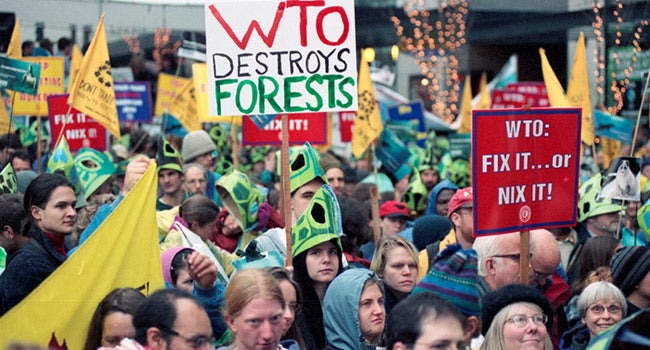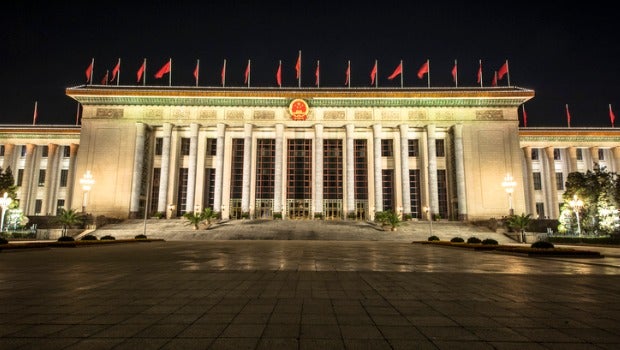By 2050, an expected 2.5 billion people around the world will be moving to cities. And these numbers don’t even account for the impending migration of communities who are most at risk from climate change. The question of what form and shape global cities will take to absorb future residents was at the heart of a presentation by Ricky Burdett, the director of LSE Cities, at The Atlantic’s CityLab 2016 summit in Miami.
So far, the picture looks bleak. Between 1990 and 2050, average population growth in 200 cities around the world is expected to reach 300 percent. But the average footprint—the actual physical form of the city—will expand by nearly 500 percent. “Which means that density is dropping,” Burdett said. “In terms of environmental sustainability, that’s aptly critical.” 
Around 90 percent of this new urban growth will be concentrated in Asia and Africa, regions where informal structures are already a staple in big and small cities alike. That’s where the need for smart growth interventions is the greatest, says Burdett. India’s Smart Cities Challenge is one high-profile example of an innovative approach. In it, over 100 Indian cities have submitted proposals aimed at tackling municipal problems, hoping to win a slice of an expected $15 billion total to eventually implement their plans. Twenty proposals have been awarded funding so far.
Whether or not India’s cities will be adequately prepared for the future remains to be seen. But what’s significant is that urban development is now being regarded as a priority in that country, and possible solutions are being considered in a thoughtful, thorough manner. That’s the first step to correcting course for cities around the world.
This piece originally appeared at CityLab.

